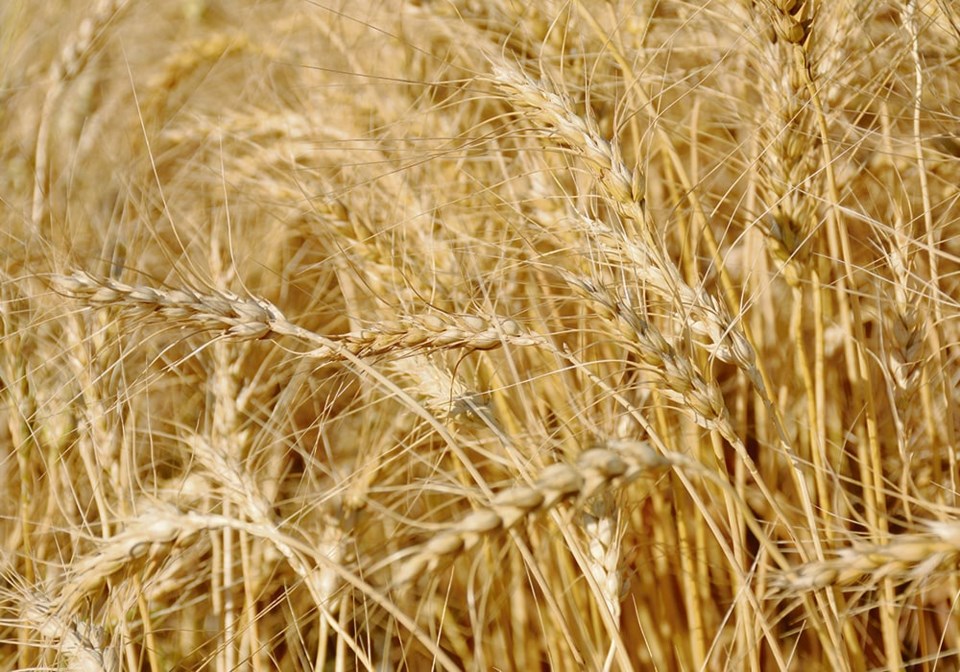SASKATOON — Canadian wheat exporters are facing a new competitor in their second biggest market.
“The rapid emergence of Brazil as an exporter in Indonesia and other foreign markets has been remarkable,” the U.S. Department of Agriculture said in its recent .
Indonesia bought 2.14 million tonnes of bulk wheat from Canada in 2022-23. It was Canada’s second largest customer that year behind China’s 2.97 million tonnes, according to the Canadian Grain Commission.
Canada faces stiff competition in that market, primarily from Australia, which is the top supplier of wheat to Indonesia.
“However, Argentina and Brazil have competed for market share there in recent years, especially as Ukrainian wheat has become less available,” said the USDA.
Australia’s supplies will be more restricted in 2023-24 following three straight bumper crops, which will create more opportunity for 小蓝视频 American exporters.
“Brazil has historically been a net wheat importer and remains the top destination for Argentine wheat due to favourable logistics and prices within Mercosur,” said the USDA.
“However, over the past 10 years, due to a domestic push to increase self-sufficiency.”Production has nearly doubled over that time and exports have blossomed to 2.7 million tonnes in 2022-23, up from 80,000 tonnes a decade ago.
The USDA expects Brazil and Argentina to “fiercely compete” in export markets in 2023-24 and going forward.
Brazil is certainly capable of ratcheting up crop exports in a hurry. The country is forecast to ship 97.5 million tonnes of soybeans this crop year, up from 20.4 million tonnes two decades ago.
Brazil is the world’s leading exporter of soybeans and corn and may soon become the top cotton supplier as well.
Michael Cordonnier, an analyst with the Soybean & Corn Advisor, doesn’t think that will happen with wheat.
“They’re just trying to get self-sufficient in wheat, not be the major wheat exporter,” said the expert in 小蓝视频 American crop production.
“They’re never going to be a powerhouse in wheat exports.”
Brazil typically produces about 10 million tonnes of the crop and imports another five million, mainly from neighbouring Argentina.
Production is focused in the southern part of the country, which tends to get heavy rain at harvest time.
“It really hits the quality terribly,” said Cordonnier.
Farmers in that area of the country would grow any other winter crop if there was a viable option.
“This problem of rainfall is just a perpetual problem,” he said.
This year was a good case in point.
“I just saw pictures of a guy holding some heads of wheat and they were mouldy and black,” said Cordonnier.
“It was terrible.”
The good news for Brazilian farmers is that Embrapa, a Brazilian research institute, has developed new varieties that are particularly .
The high-yielding, top-quality wheat will be planted after soybeans in the safrinha season and harvested during the country’s dry season.
It will go a long way toward Brazil’s goal of becoming self-sufficient in wheat in a few years.
Embrapa believes the country could be producing 20 million tonnes of wheat by 2030. With domestic consumption estimated at 12 to 14 million tonnes, that will leave a lot of surplus wheat for export.
Cordonnier thinks much of the wheat produced in central Brazil will be consumed by millers in that part of the country who will pay a premium for locally grown wheat rather than importing it from southern Brazil and Argentina.
The reason he doesn’t think the country will become a “powerhouse” in the wheat market is that the wheat Embrapa developed will be competing with safrinha corn, requires irrigation, which is in short supply, and is designed for high altitudes.
However, Brazil’s increased production could push more wheat from Argentina into the export market, as well as some additional Brazilian supplies.
Contact [email protected]
SASKTODAY.ca is Saskatchewan's home page. Bookmark us at this link.




